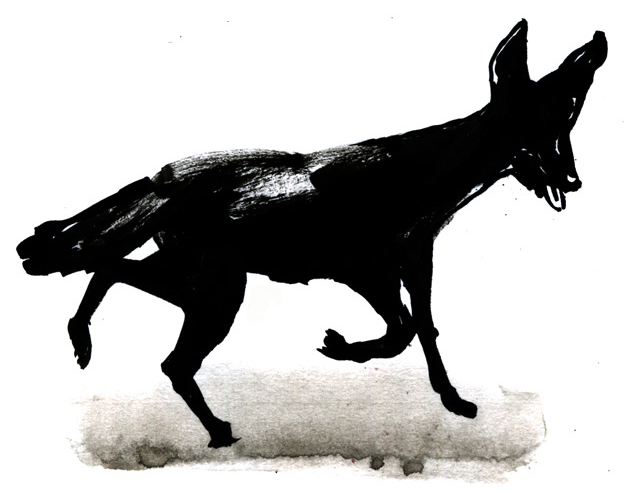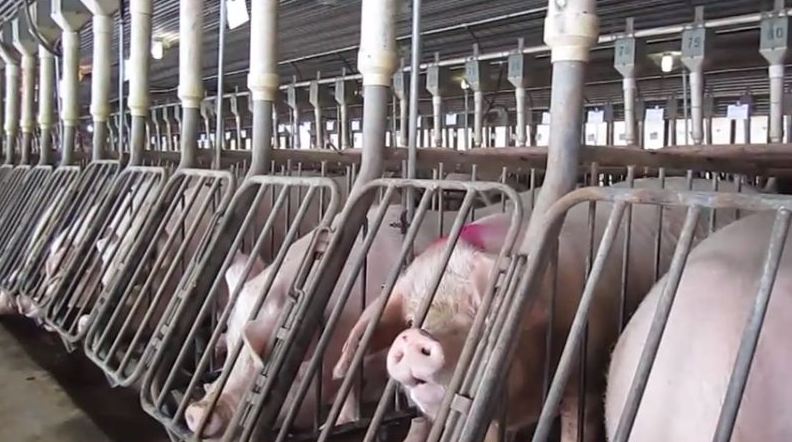Giovanni Aloi, School of the Art Institute of Chicago, Antennae: The Journal of Nature in Visual Culture

Lucien Freud, Still Life with Aloe (1949)
“Why Look at Plants?”
Monday, January 12, 2015
4:30 pm
Social Sciences Tea Room (SS201)
This workshop will consist of a presentation followed by a discussion. The attached essay, “Of Plants and Other Secrets” by Michael Marder, should be read in advance.
New definitions of plant intelligence and plant agency have over the past thirty years already made a mark on the scientific record but have yet to substantially capture the imagination of scholars in the humanities. How productive would a different consideration of plants turn out to be for Animal Studies? What challenges are involved in further rethinking animal ontologies? What impact would a different consideration of human-plant relationships have on broader environmental/eco-issues/systems?
In line with the intent of the animal studies workshops, I will be interested in using this slot to map and develop some ideas for a book I have been commissioned to write on plants and contemporary art (very early stages). I intend for the main tenet to revolve around a critical questioning of the ontology of human-animal relationships. The book will argue that Animal Studies agendas continue to predominantly focus on mammalian species, subscribing to an intrinsic and unproductive anthropocentrism that substantially fails to adequately evaluate our relationships with invertebrates and most importantly plants.
Alongside the growing emergence of Animal Studies revisionist perspectives, an animal revolution has also taken place in the contemporary art gallery. In June 2000 the New York Times ran a two-page feature with the headline ‘Animals have taken over art, and art wonders why’. Since that time, and for a number of reasons, animals have become increasingly present in art. Alive, taxidermied, in formaldehyde, on canvas, or sculpted, the postmodern animal has thus far raised a number of pivotal questions about human-animal relationships in the anthropocene. Alongside this animal revolution, a number of artists have already begun to shift animal studies paradigms to the botanical world. Seeking to explain this new interest for plants, which has been developing in contemporary art, and aiming at unveiling its productive potentialities, my book will propose a new contextualization of plants in art, situating the main argument at the intersection of Art History, Visual Cultures, Critical Plant Studies, Animal Studies, Posthumanism, and Foucauldian studies.
Giovanni Aloi is a Professor in Modern and Contemporary Art at the School of the Art Institute of Chicago, Sotheby’s London and New York, and Tate Galleries in London. In 2006, he founded Antennae, the Journal of Nature in Visual Culture of which he is Editor in Chief. Counting thousands of readers around the world, the Journal is today the international reference point for the debate on animals in the arts. Aloi completed his PhD on the subject of taxidermy in contemporary at Goldsmiths University of London in 2014 and is currently reconfiguring his thesis in the form of a monograph to be published in 2016 (Routledge). His first book, Art & Animals, part of the series ‘Art &…’ by IB Tauris, was published in November 2011.
Refreshments will be served.
This event is free and open to the public. Persons with disabilities who may need assistance to attend should contact Bill Hutchison (hutch@uchicago.edu).
Find our full workshop schedule here.








Recent Comments